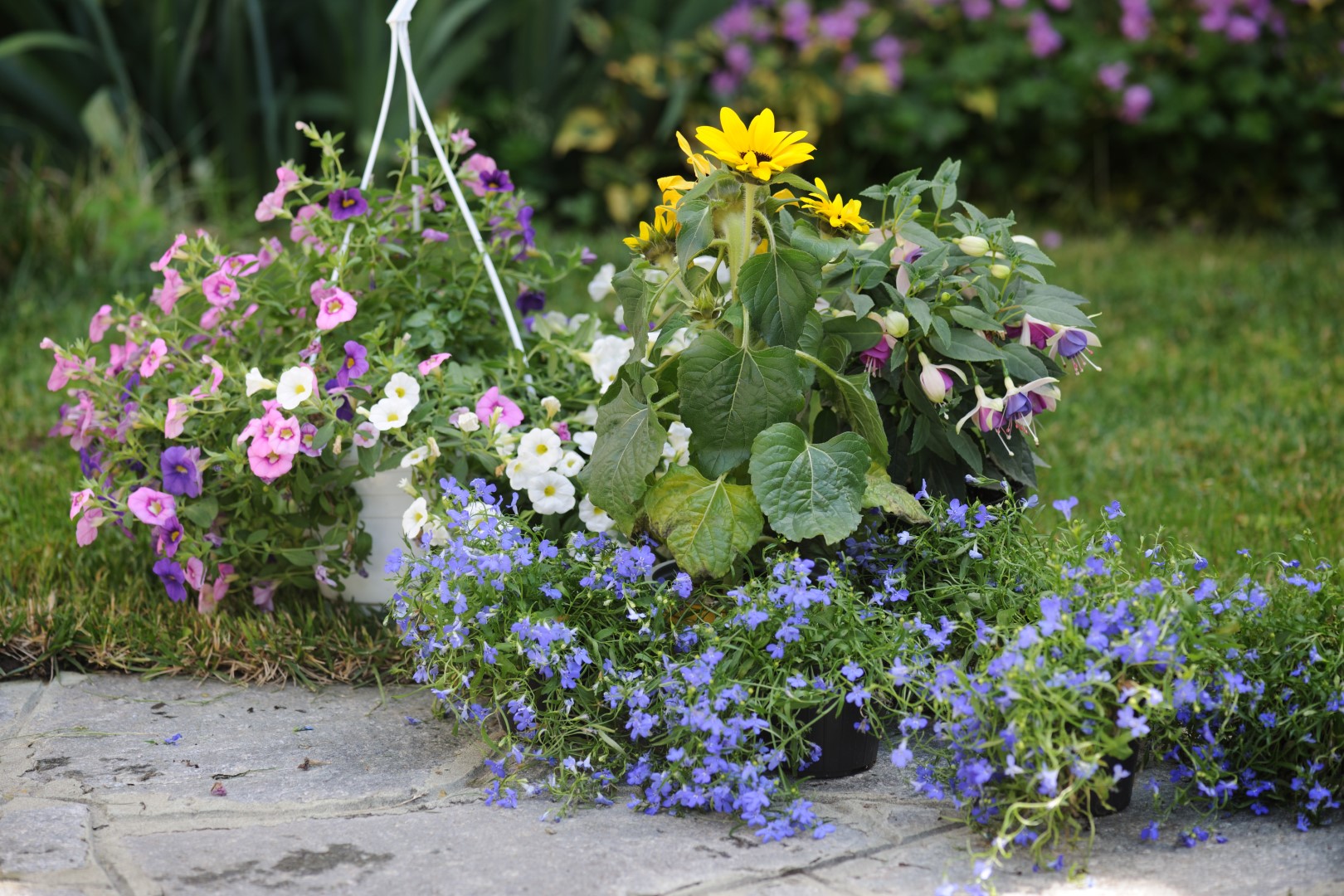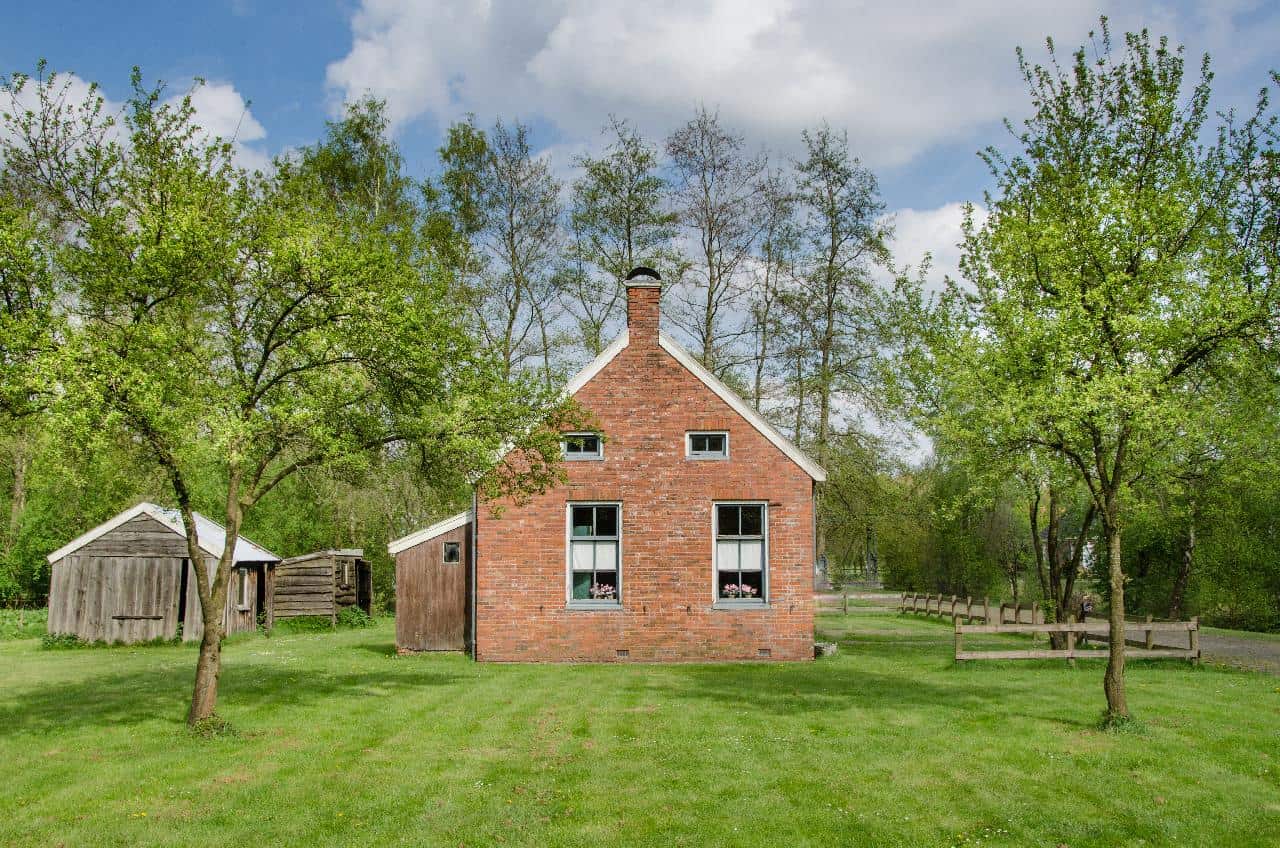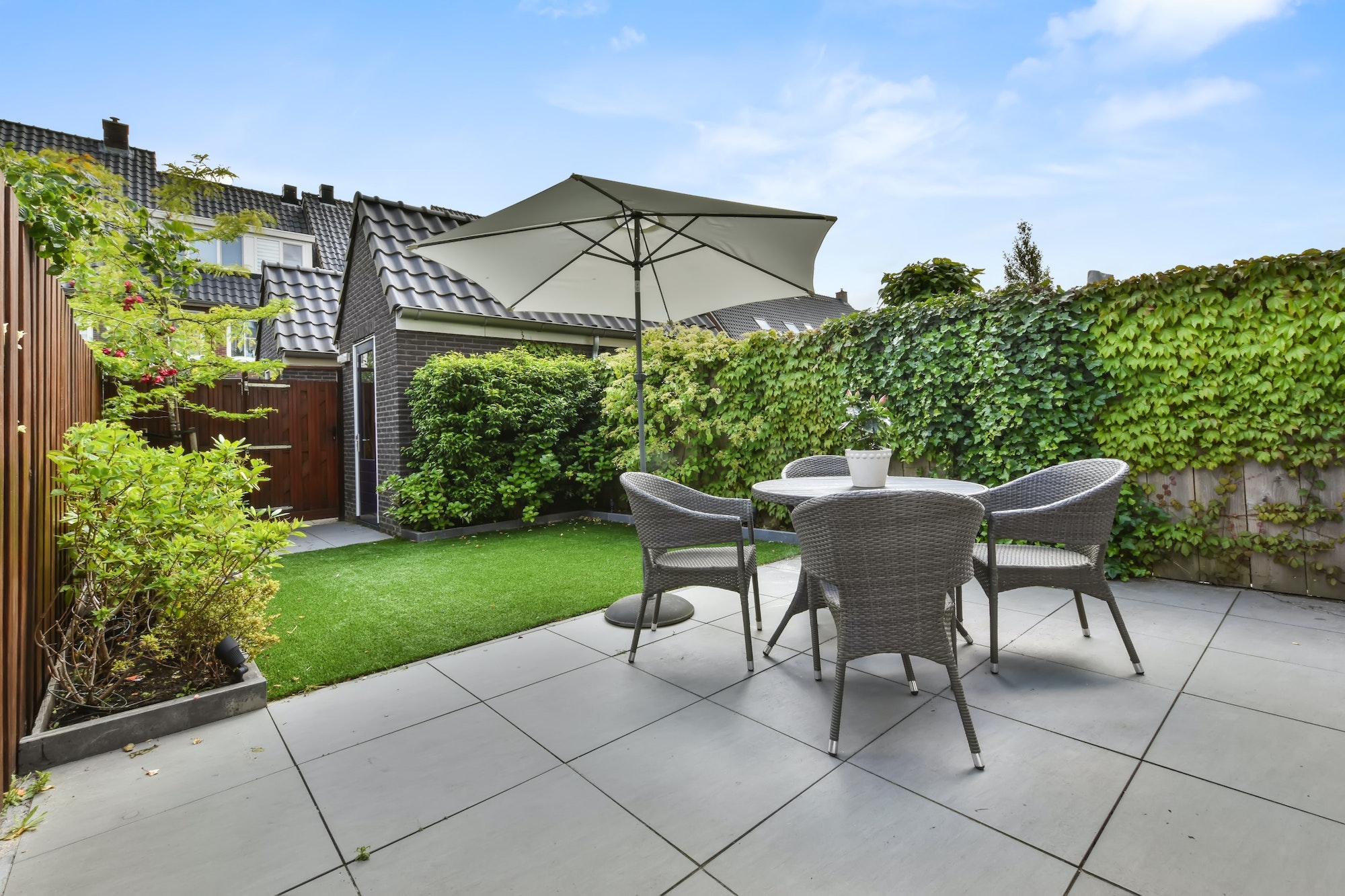Are you looking for a way to add beauty and color to your outdoor space? You don’t have to be an experienced gardener to create a stunning garden with flowers. With the right tips, techniques, and tools, you can quickly cultivate a spectacular garden of blooming flowers that will bring life and beauty to any backyard or patio. From selecting the most vibrant plants for maximum impact to proper maintenance through every season, this guide reveals everything you need to know about cultivating a gorgeous flower garden. Read on for seven essential tips that’ll help transform your outdoor space into something truly remarkable!
Choose the Right Flowers
The first step in creating a stunning garden with flowers is to choose the right one for your space and climate. Some plants thrive in cooler temperatures, while others prefer warmer weather. Be sure to research which flowers are best suited for your specific region before making any purchases. It’s also essential to consider the amount of sunlight and shade your garden receives as different flowers have varying light requirements. Some popular choices for vibrant and reliable flowers include roses, peonies, dahlias, sunflowers, and zinnias. Another crucial factor to keep in mind when selecting flowers is the bloom time. You want to make sure you have a variety of plants that will bloom at different times throughout the year for continuous color and interest in your garden. Consider planting early spring bulbs like tulips and daffodils, summer bloomers such as lilies and hydrangeas, and fall favorites like chrysanthemums and asters. Once you have a good understanding of which flowers are best suited for your space and climate, it’s time to start planning out your garden layout. Consider the height, color, and texture of each plant and how they will all come together to create a cohesive and visually appealing display. Mix different types of flowers for added interest, but be sure to group plants with similar watering and light needs together.
Plan Your Design
Developing a design for your flower bed or border is crucial for creating a cohesive and visually appealing display. Consider using large outdoor ceramic planters to add height and create focal points within your garden. You can also play around with different patterns, colors, and textures by arranging the planters in various ways. Be sure to leave enough space for your plants to grow and spread out, and consider incorporating garden paths or stepping stones for easy access and added charm. Planning will save you time and effort in the long run and ensure that your garden looks its best all year round.
Prepare the Soil
The foundation of any successful garden is healthy soil. Before planting, be sure to prepare your soil by tilling it and adding in organic matter or compost to provide essential nutrients for your plants. A good rule of thumb is to till the top 12 inches of soil and mix in 2-3 inches of compost. It’s also recommended to fertilize the soil with a slow-release fertilizer to ensure your plants have all the necessary nutrients for optimum growth. Keep in mind that different types of flowers may require specific soil conditions, so it’s always best to do some research beforehand and adjust accordingly. By preparing the soil before planting, you are setting your garden up for long-term success and increasing the chances of your flowers thriving.

Plant Strategically
Place taller, larger plants in the back of your garden and shorter, smaller flowers in the front. This will create depth and dimension in your garden, making it visually appealing. Consider using trellises or other structures for climbing plants to add height without taking up too much ground space. You can also use different varieties of flowers to create a focal point in the middle of your garden or along the edges. Think about how each plant will grow and spread over time and arrange them accordingly to avoid overcrowding or blocking out other plants.
Add Mulch
Use mulch to help retain moisture and keep weeds away from your flowers. Mulch also adds a polished look to your garden while protecting the soil from extreme temperatures. It’s best to use organic materials like wood chips, bark, or straw as they break down over time and add nutrients back into the soil. Apply a layer of mulch around your flowers, making sure not to cover the base of the plants, and refresh it every 1-2 years to maintain its effectiveness.
Water Regularly
Different plants have different water requirements, so it’s important to research each species before planting. Generally, most flowers need about an inch of water per week, either through rainfall or manual watering. It’s best to water early in the morning or late in the evening to avoid evaporation and ensure that the water reaches the roots. Make sure to also check for any signs of over or underwatering, such as wilting or yellowing leaves, and adjust your watering schedule accordingly. Investing in a drip irrigation system can also be an easy and efficient way to ensure your flowers get the right amount of water without wasting any.
Prune and Deadhead
Pruning and deadheading are two essential tasks for maintaining a healthy and flourishing flower garden. Pruning involves removing any dead, damaged, or diseased parts of the plant to promote new growth and prevent disease from spreading. Deadheading is the process of removing old or spent flowers to encourage continuous blooming throughout the growing season. By regularly pruning and deadheading your flowers, you are not only keeping them looking neat but also promoting healthy growth and maximizing their blooming potential. It’s best to prune and deadhead in the early morning or evening when it’s cooler and less stressful for the plants. Always use sharp and clean tools to prevent any damage or infection, and follow specific guidelines for each type of flower as some may require different techniques or timing.
Cultivating a spectacular garden with flowers may seem difficult, but with these seven tips, you can easily create a stunning and vibrant outdoor space that will bring joy and beauty to your home. With proper care and maintenance, your flower garden will continue to bloom and thrive for years to come. So roll up your sleeves, grab your gardening tools, and get ready to transform your outdoor space into a colorful paradise! Happy gardening!
Discover more from Futurist Architecture
Subscribe to get the latest posts sent to your email.



